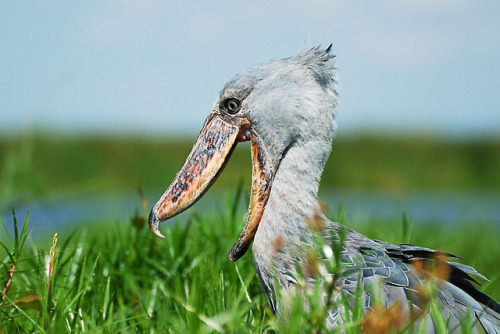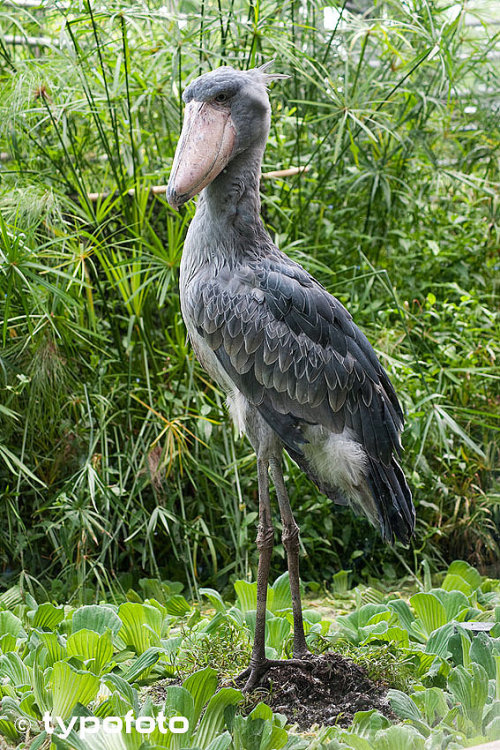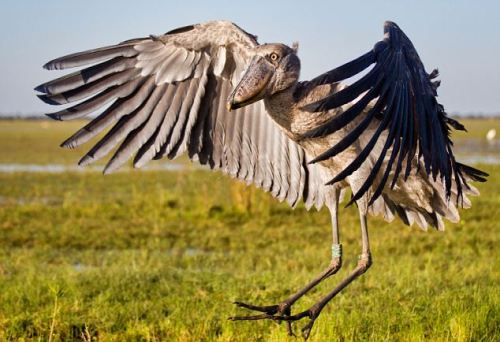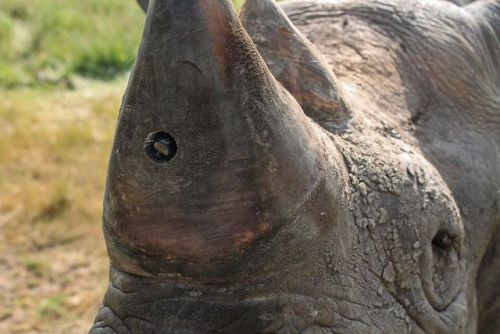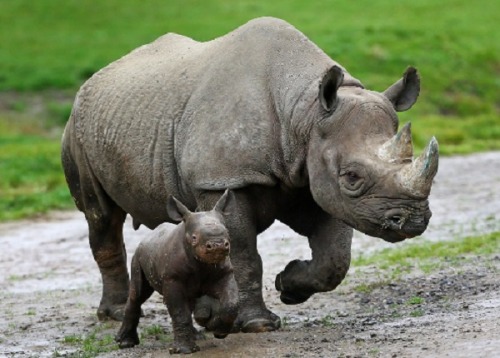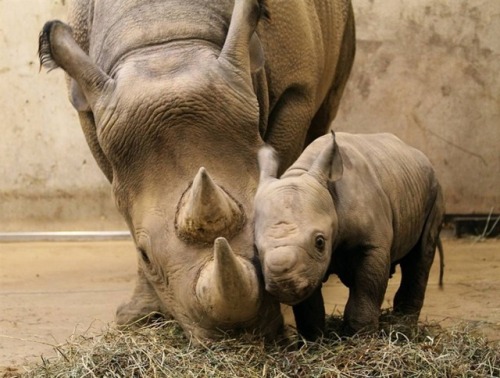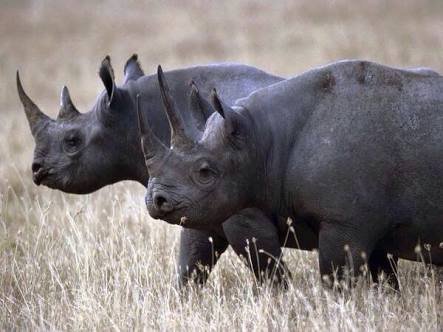#african animal
Most of the shoebill’s diet consists of large fish such as lungfish and tilapia, but they will also feed on fish, frogs, lizards, turtles, snails, waterfowl, and even juvenile crocodiles. There are even unconfirmed reports of shoebills devouring small antelope calves. When the shoebill gets ahold of prey too large to swallow in one piece, it will decapitate the animal with one blow of its massive beak.
Post link
The biggest threat to the black rhinoceros is poaching for its horn. Historically, the horn was used by Middle Eastern nations to make handles and hilts for ornate ceremonial daggers called jambiyas. Demand for these daggers was so great that rhino populations plummeted 96% between 1970 and 1992. Now, most rhinos are poached for use in traditional Chinese medicine. Rhino horn for use in medicine has even been discovered for sale in the United States.
Various techniques for protecting rhinos have been attempted, from armed guards to planting cameras and trackers in their horns (second image).
Post link
Black rhinos are solitary animals except for when the females are in heat. A mating pair will stay together for days or weeks, mating several times a day. And they have stamina - a single session of copulation will last over a half-hour.
Fifteen months later, the female gives birth to a single 80 - 110 pound calf. These calves will nurse for up to two years and stay with their mothers for at least another year. Female calves may stay with their mothers even longer, forming small groups of related females.
Post link
Because of its tiny eyes, it was commonly believed that the black rhinoceros has very poor vision. In reality, however, its eyesight is relatively good, comparable to that of a rabbit. It also has excellent hearing and a powerful sense of smell.
Post link
Theblack rhinoceros is smaller than its close relative, the white rhinoceros. It also has a pointed, prehensile upper lip, meant for browsing on leaves, branches and twigs, in contrast to the white rhino’s square upper lip for grazing on grass. Black rhinos also have smaller heads and shorter necks, while white rhinos have a sloped back.
Post link
There were once eight subspecies of black rhinoceros. Three of these subspecies are now extinct, with one, the western black rhinoceros, having gone extinct in 2011. All other subspecies are critically endangered. One in particular, the Chobe black rhinoceroes, may have only one individual remaining.
Post link

